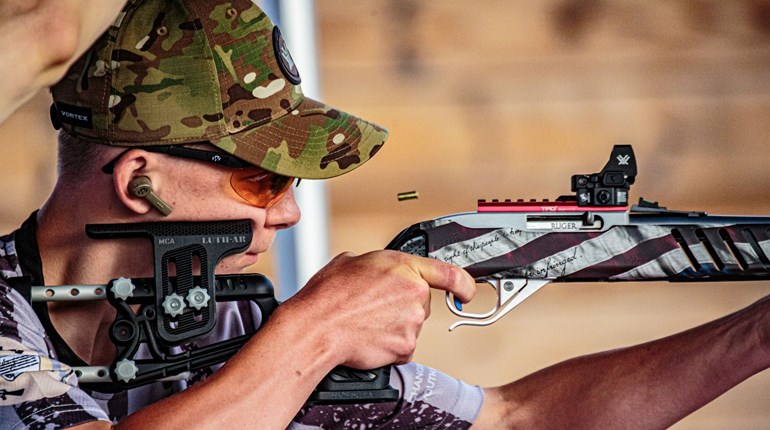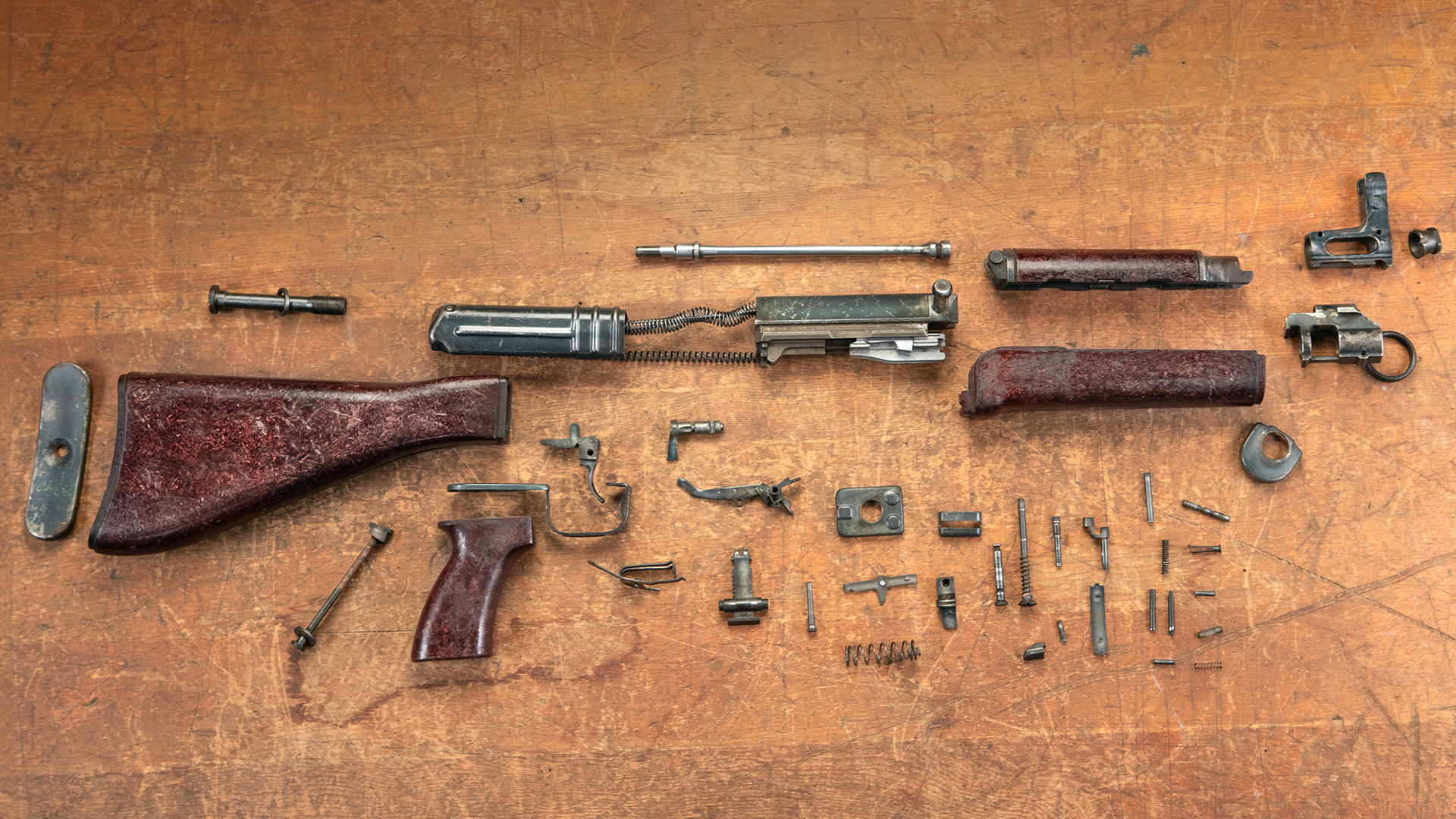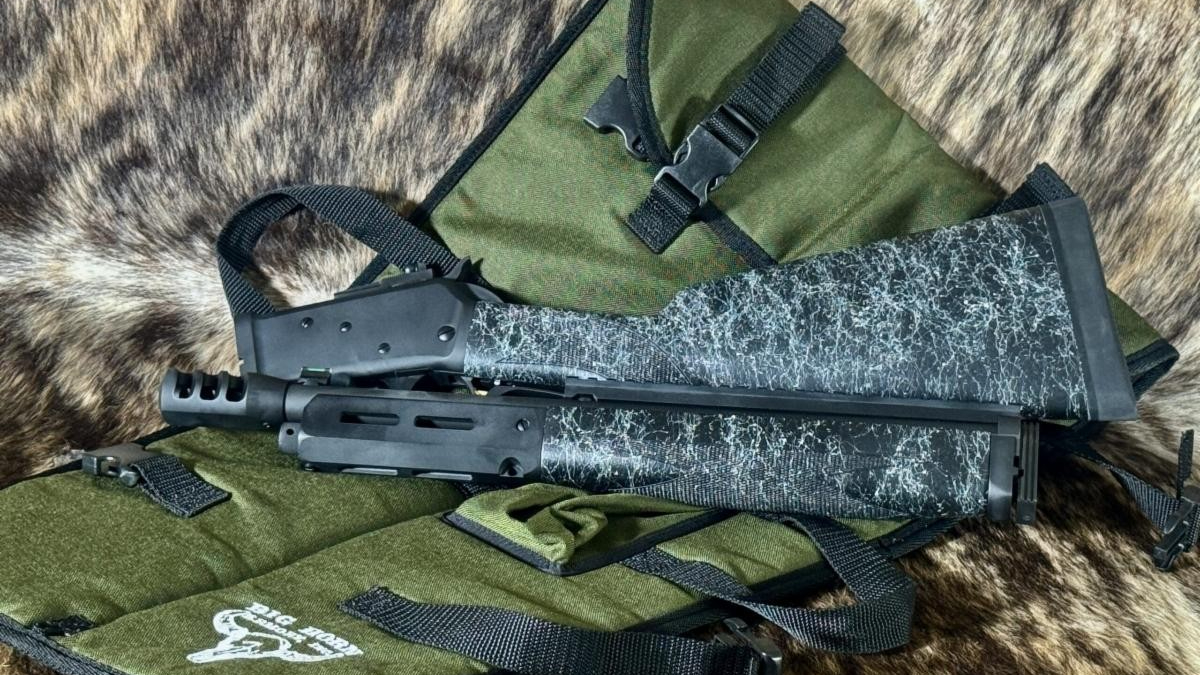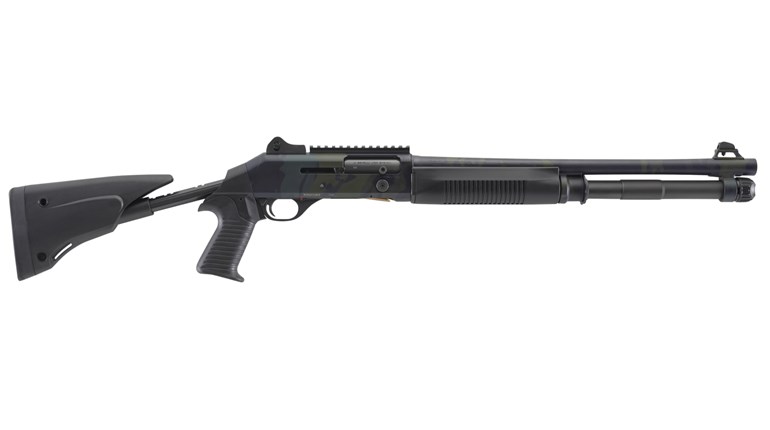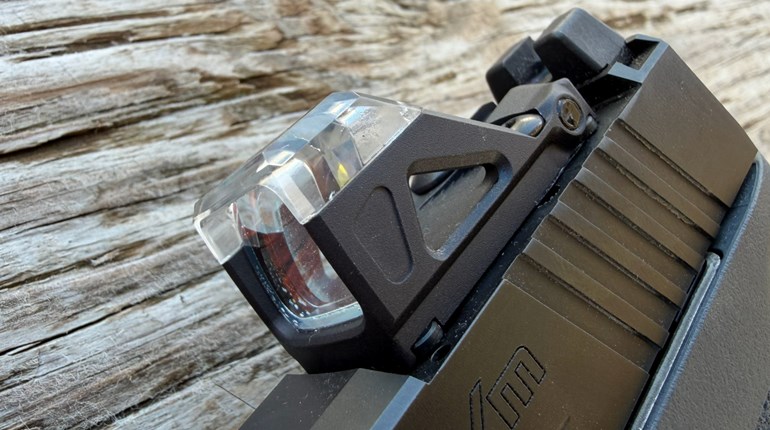
The ever-continuing quest for the magic bullet has not subsided. In fact, as we journey through this new century, bullet and ammunition manufacturers are continuing to develop better projectiles for all shooting disciplines. Federal’s latest attempt at wielding some magic has come with the introduction of 22 Punch. In 2020, Federal launched the Punch line of centerfire, defensive-handgun ammunition, which was designed to deliver adequate terminal performance for concealed carry at a more affordable price. For 2021, the company’s latest addition to the Punch line is a self-defense load for the .22 LR.
Before going any further, let me be clear that I do not think or believe there’s any factual support for the notion that the .22 LR cartridge is ideal for self-defense. We’ve recently been hearing the expression “follow the science” as it relates to the current pandemic. Though I’m confident few agree on what the science is as it relates to COVID-19, the science with regard to defensive-handgun ammunition—though not by any means settled—is pretty clear. The best results are generally obtained with penetration of between 12 and 18 inches with bullet deformation of about 1.5 times its unfired diameter.
This standard of performance is a high hurdle for .22 LR ammunition, particularly when fired from compact handguns with barrels shorter than 3 inches. The problem is generating enough velocity to push a bullet that’s capable of deforming/expanding to those depths. For example, the CCI Stinger will typically expand at impact velocities as low as 1,000 fps, but it will struggle to penetrate much past 8 inches unless velocities approach 1,300 fps. Velocities much faster than that began to reduce penetration due to excessive bullet deformation.
Now, I do not think Federal believes the .22 LR is the ideal defensive-handgun cartridge, but it does recognize that some (perhaps even many) people carry handguns chambered in .22 LR for personal protection. Also, depending on the individual, in some cases a .22 LR handgun might be a best option. (The old adage that “any gun is better than no gun” might not be settled science, but it’s good advice.) With 22 Punch, Federal wanted to maximize penetration while giving a .22-caliber rimfire bullet fired from a compact handgun the best opportunity to damage as much tissue as possible.
To do this, Federal took a lead core and applied thick nickel plating. But, most importantly, it shaped the bullet so that it had a flat meplat, or nose. Essentially, what Federal has done is create a 29-grain, .22-caliber rimfire bullet that delivers terminal performance similar to a flat-nose, hardcast, non-deforming bullet. Non-expanding, flat-nose, hardcast bullets have been used for hunting with handguns for many years because they can deliver the necessary, straight-line penetration, and because the flat nose destroys tissue better than a round nose. Federal also loads this new bullet in nickel-plated cases, which improve cycling and resist corrosion better than brass cases.
Does it work? Well, I cannot report that I or anyone I know has stopped any bad guys with Federal’s new 22 Punch load. What I can tell you is that I’ve tested this ammunition for velocity, reliability, precision and terminal performance. This testing has included several different firearms with barrel lengths ranging from 2.4 to 18 inches.
Federal advertises a muzzle velocity of 1,070 fps from a 2-inch barrel and a velocity of 1,650 fps from a 24-inch barrel. My testing produced reasonably close results, averaging within about 5 percent of Federal’s numbers. Though it’s important to note that Federal’s listed velocity of 1,650 fps from a 24-inch barrel seems a bit high. Typically, once .22 LR barrels exceed about 18 inches, velocity falls off. Federal’s numbers would suggest a velocity out of an 18-inch barrel might exceed 1,700 fps. That’s unlikely.
For accuracy/precision testing I used a Beretta Bobcat with a 2.4-inch barrel and with sights that are next to invisible. At 7 yards from a rest, the average for five, five-shot groups was 2.09 inches. Out of a Ruger Single-Six with a 4.62-inch barrel from a bench rest at 15 yards, the Federal Punch performed much better due to the longer sight radius and the better sights. The average for five, five-shot groups was 1.53 inches. Out of an 18-inch barreled Savage A22 Precision at 50 yards, the five-shot group average was 2.28 inches. There were no failures to feed, fire, extract or eject, during the shooting of 200 rounds of Punch ammunition.
Admittedly, rifle precision was a bit underwhelming, so I pulled the best shooting .22 LR rifle I own out of the safe. It’s a New Ultra Light Arms Model 20 Rimfire. Out of this rifle the 22 Punch did much better, cutting 50-yard group size almost in half with an average of 1.38 inches for five, five-shot groups.
From a personal-protection standpoint, terminal performance is what really matters. Blocks of Clear Ballistics gelatin covered with a single layer of denim were used for all terminal-performance testing, and the distance from the muzzle to the blocks was 7 feet. Out of the little Beretta, the 22 Punch load “punched” out to 11 inches. Because of higher velocity and no expansion, out of the 4.62-inch-barreled Ruger the Punch bullet pushed much deeper. But, with the much higher velocity out of the 18-inch-barrelled Savage, the bullet mushroomed, and this drastically limited penetration.
It would appear you’re not going to win any shooting matches with Federal 22 Punch, but it was not designed for that. What it was designed to do was deliver deep, straight-line penetration from compact .22 LR handguns. It has plenty of precision for self-defense work with little pistols and penetrates very well. If, out of your handgun it approaches or surpasses the 1,100-fps mark, you should see a foot or more of penetration. It’s not magic, but I’d clearly rate 22 Punch as one of the best self-defenses loads for .22 LR handguns. Out of a .22 LR carbine, terminal performance was very similar to CCI stingers, and should be ideal for dealing with “trash pandas” or numerous varieties of vermin, rabid or otherwise, that might invade your backyard.















